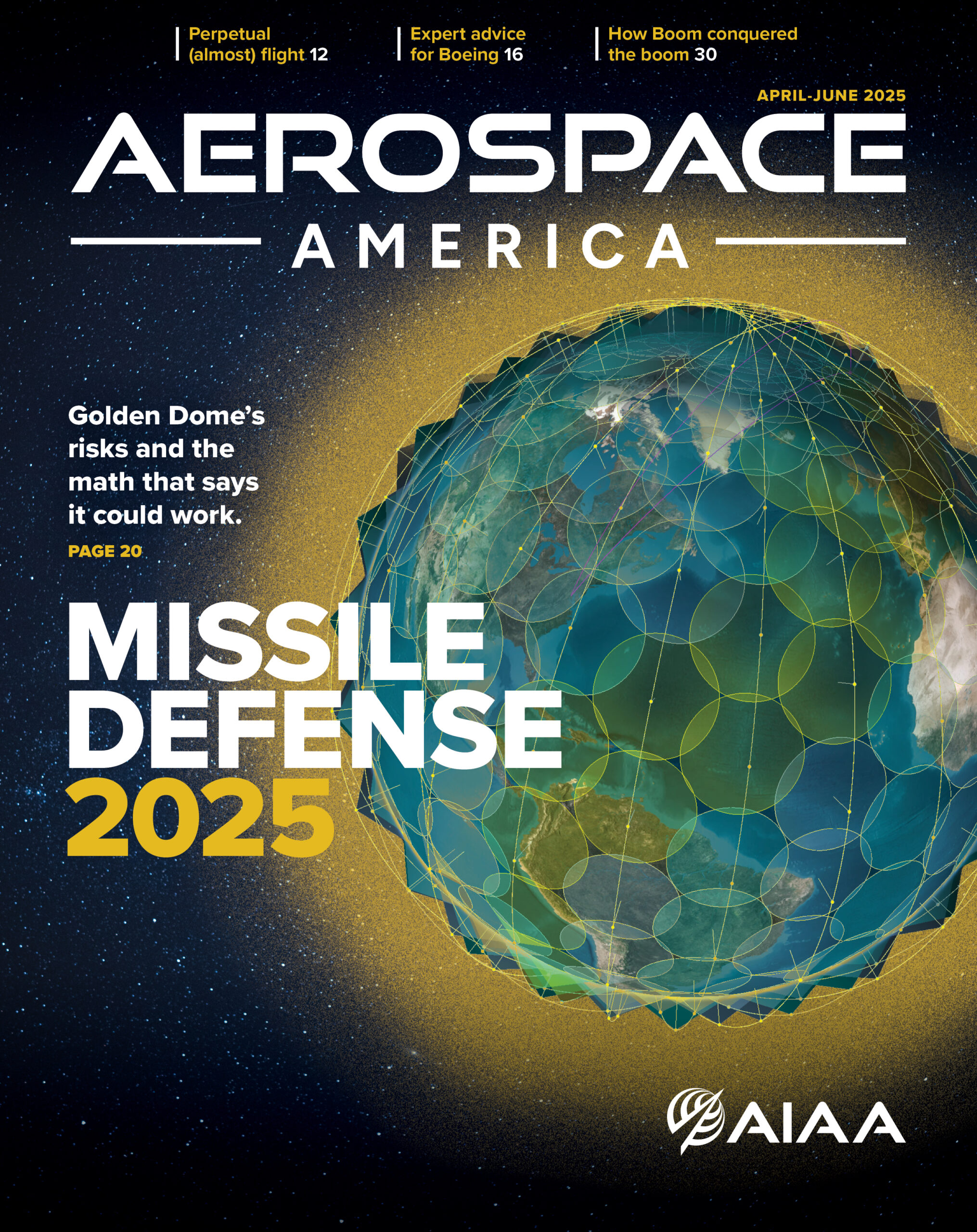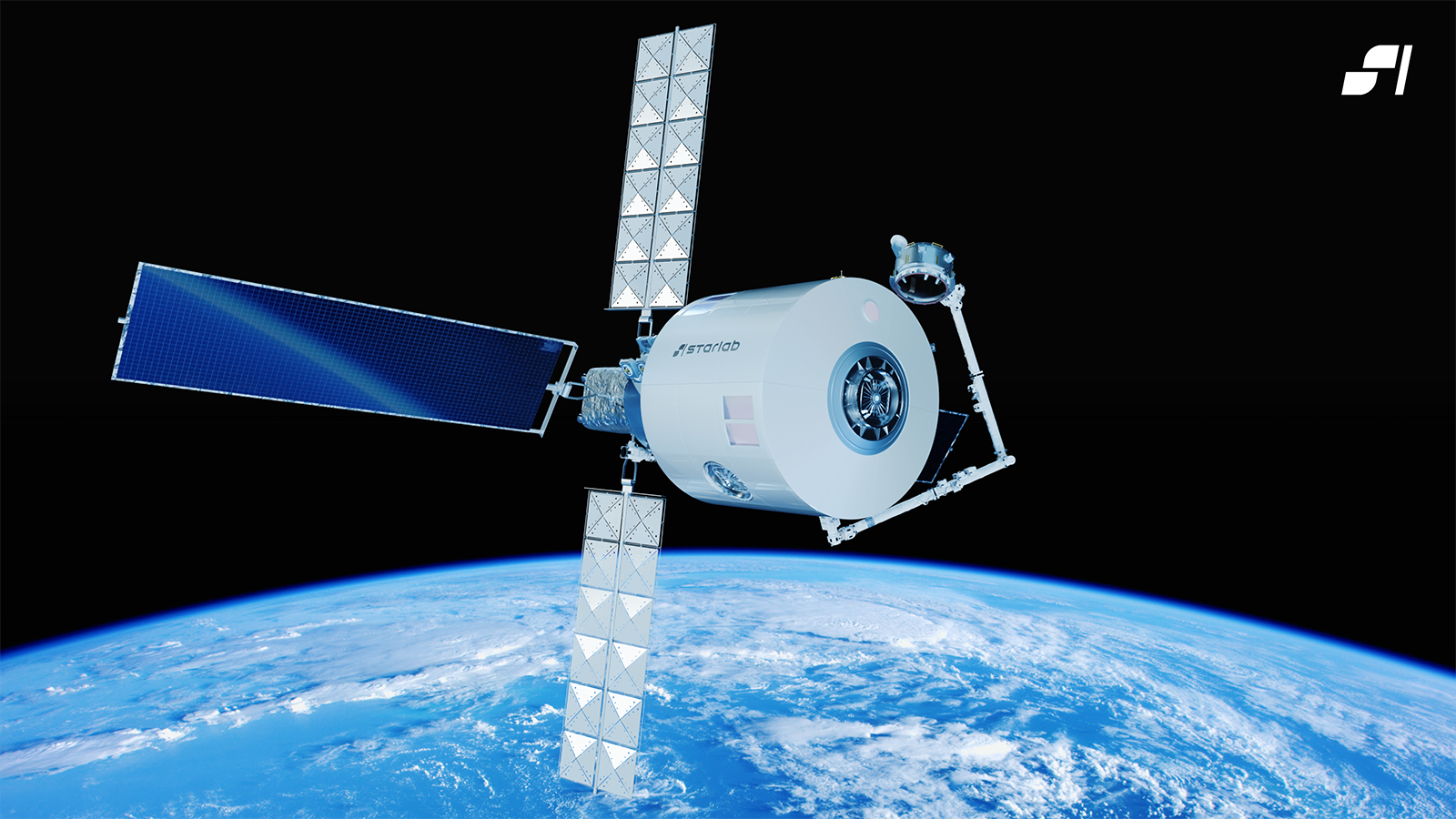Stay Up to Date
Submit your email address to receive the latest industry and Aerospace America news.
WASHINGTON – As the International Space Station marks its 25th anniversary this month and enters its twilight era, the maker of a commercial space lab says it will launch before ISS is retired – and with all available research space filled.
Speaking at a Monday event hosted by Johns Hopkins University and Space News, Starlab Space CEO Marshall Smith said 55% of the space onboard what the company is calling Starlab One is already purchased. Starlab has said its goal is to have the same amount of research capacity as ISS, which can host around 400 experiments per year.
“The market is really in things that have been tested and we know work in space. For example, biopharma, cancer drugs that have been developed,” Smith said. “It sounds kind of science fiction-ish, but you know, 10 years from now, you might be getting your kidney printed in space.”
Starlab is the product of a 2021 NASA Space Act Agreement with three U.S. companies for commercial development in low-Earth orbit, part of a planned handoff of that region of space to industry. One of the two companies’ space station concepts, Blue Origin’s Orbital Reef, remains in development, recently meeting some NASA developmental milestones. The other company, Northrop Grumman, dropped its own project to throw its development support behind Starlab, led by Voyager Technologies.
Another company might beat both to space: Vast Space has said it wants to have the first module of its Haven-2 commercial station operational by 2028.
The single-module, three-floor Starlab is set to launch in 2029 to low-Earth orbit onboard a Starship heavy-lift launch vehicle, ahead of the planned retirement of ISS in 2030. In July, NASA announced Starlab had completed a preliminary design and safety review of the station’s structure and systems and would move to a critical design review before the end of 2025.
Smith confirmed Monday this critical design review is on track to start in December.
“One of the things we can do is, we can move at the speed of commercial,” said Smith, who spent more than three decades working for NASA. “When I was in the government, it would take me two years to, say, buy something that might cost $50 million, because of the procurement regulations. [Now], I can literally do it in two months.”
Starlab’s industry collaborators include Airbus, Mitsubishi, Palantir, the Canadian MDA Space, and, as of October, the Belgian Space Application Services, Smith said. But the project also has non-traditional partners for a space mission, including the hotel and resort chain Hilton and design and innovation agency Journey, which most notably designed the Las Vegas Sphere, a futuristic entertainment venue.
That’s part of a fresh approach to creature comforts for the astronauts living at Starlab, Smith said. Part of Hilton’s work will be to design the station interior to conceal the wiring and “clutter” of ISS, Smith said. While ISS has become a research hub, it wasn’t designed for that purpose, he said.
“A science system is designed around the payload bays. It’s designed around giving proper video and communication capability and control and AI systems to these payloads and research systems so they can be used to get data down to the center,” he said. “ISS was designed by engineers. It looks like it and it feels like it and actually smells like it.”
Beyond utility, though, the designers will address challenges like comfortable sleep in microgravity, where it’s difficult to replicate the familiar pressure of lying under blankets.
“We want to make it a pleasurable experience as well as useful,” Smith said.
He indicated the upcoming Starlab launch would be the first of several, adding that a second Starlab could focus on manufacturing as the space becomes more commercially diverse and launch and sustainment costs come down.
“It could actually be very affordable,” he said. “Countries could have their own Starlab, for example.”
About Hope Hodge Seck
Hope is an award-winning freelance reporter and editor based in Washington, D.C., who has covered U.S. national defense since 2009. A former managing editor of Military.com, her work has appeared in The Washington Post, Popular Mechanics and Politico Magazine, among other publications.
Related Posts
Stay Up to Date
Submit your email address to receive the latest industry and Aerospace America news.




